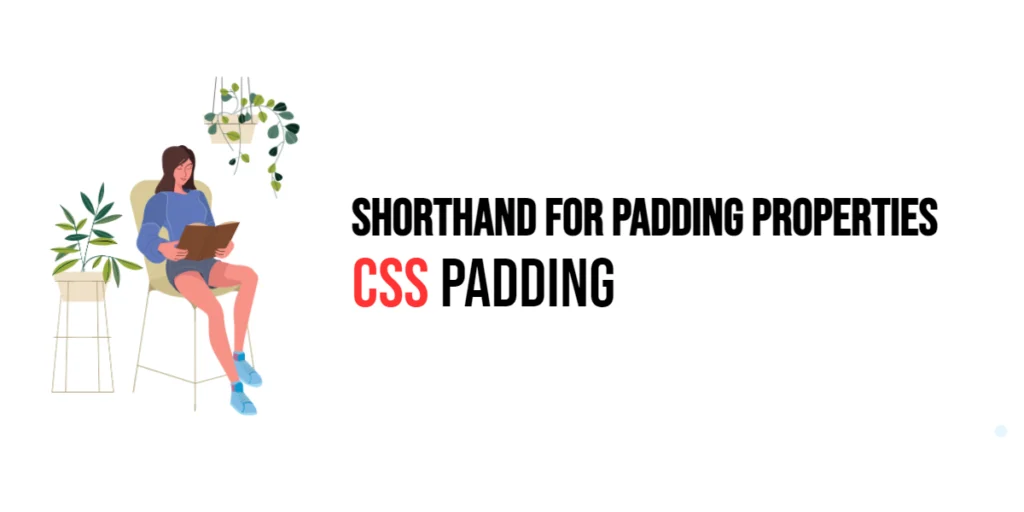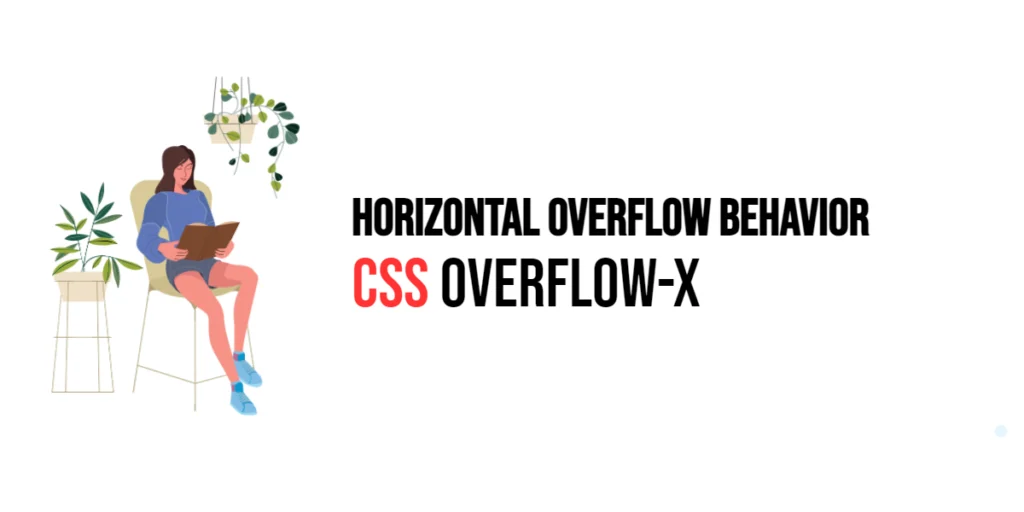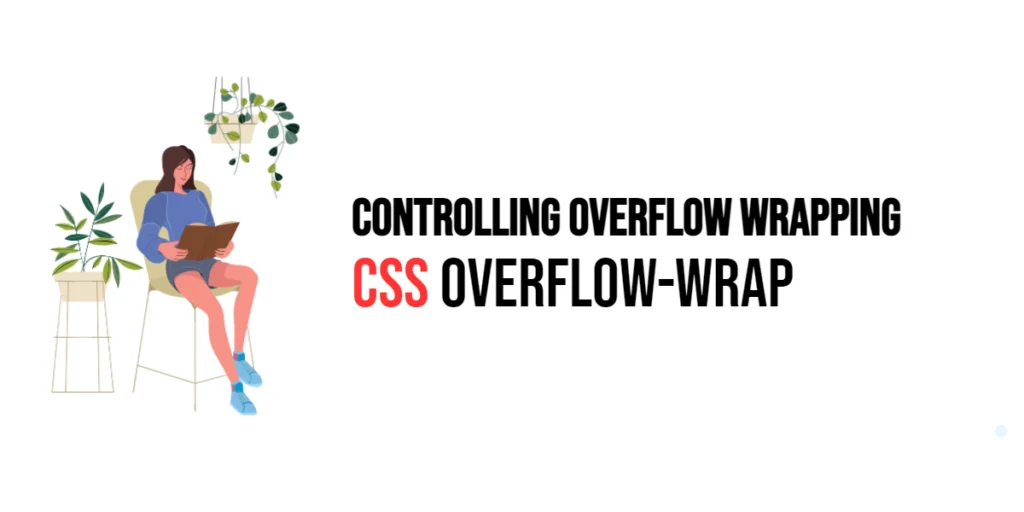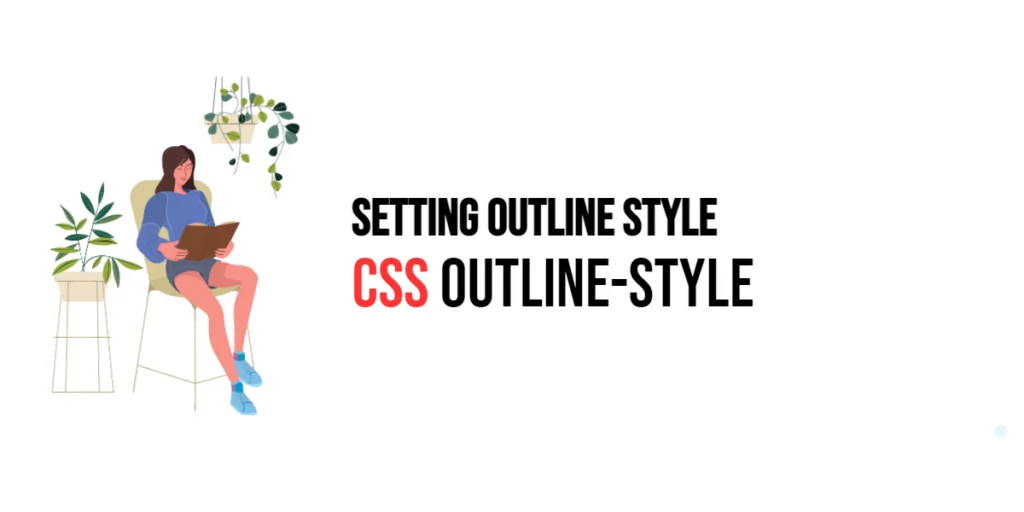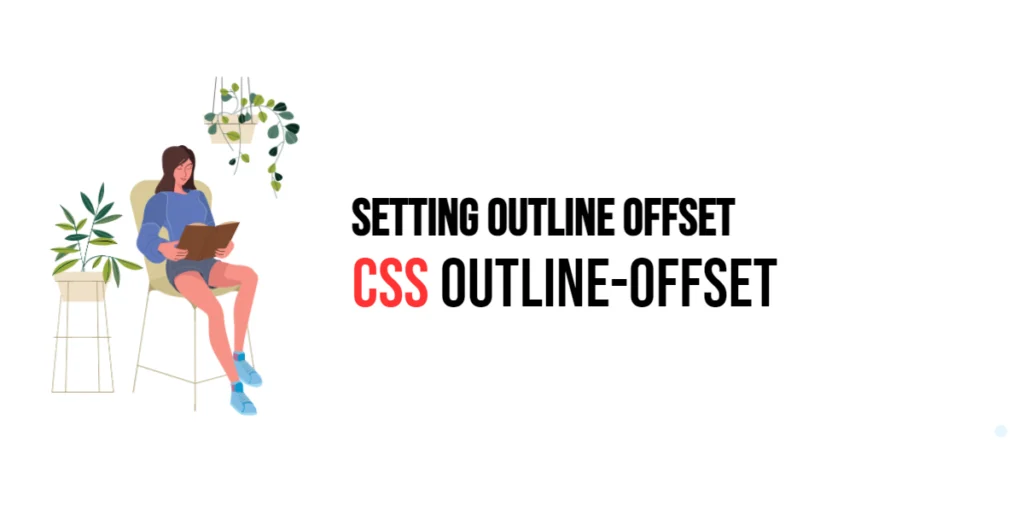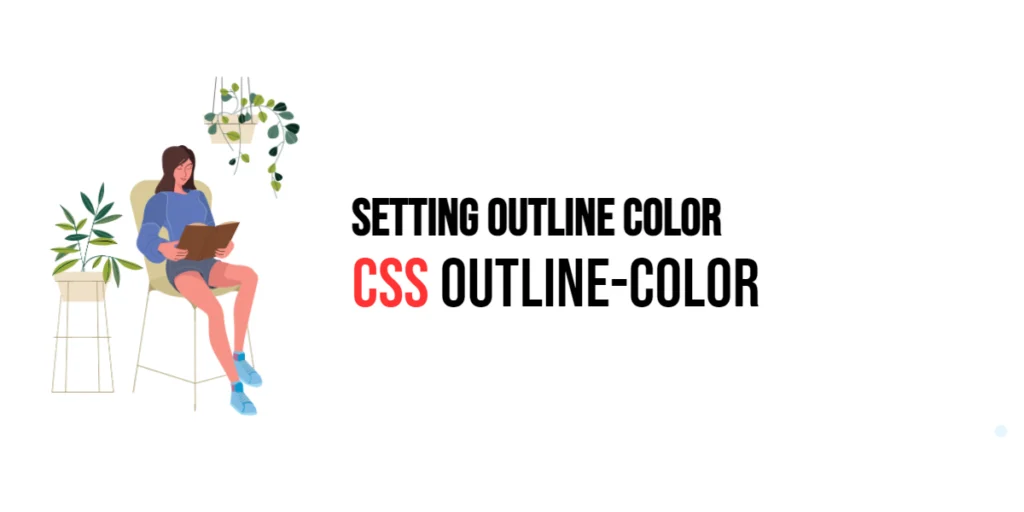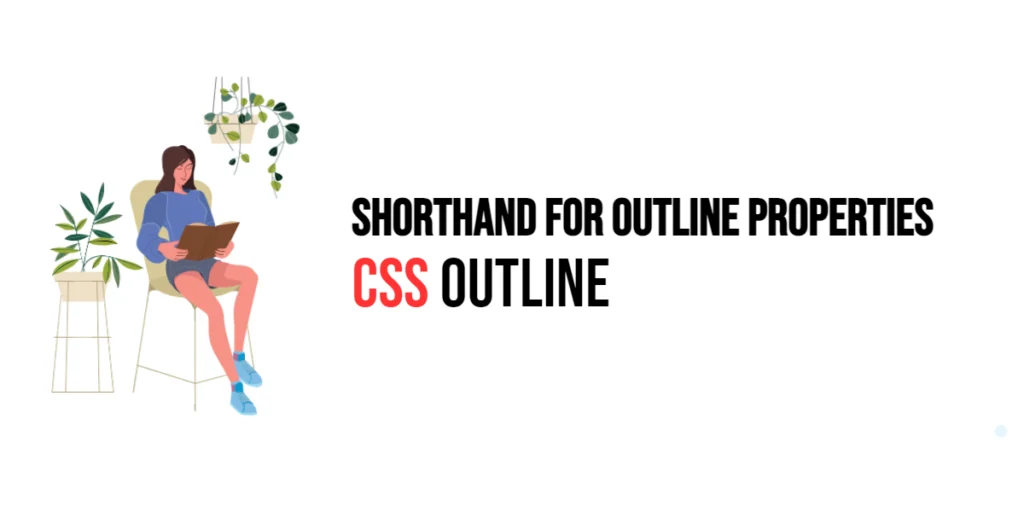CSS: Padding – Shorthand for Padding Properties
Padding is a fundamental aspect of CSS that controls the space between an element’s content and its border. This space is crucial for creating visually appealing and readable web layouts. Proper use of padding can improve the overall user experience by preventing content from touching the borders and ensuring adequate space around elements. The padding […]
CSS: Padding – Shorthand for Padding Properties Read More »
